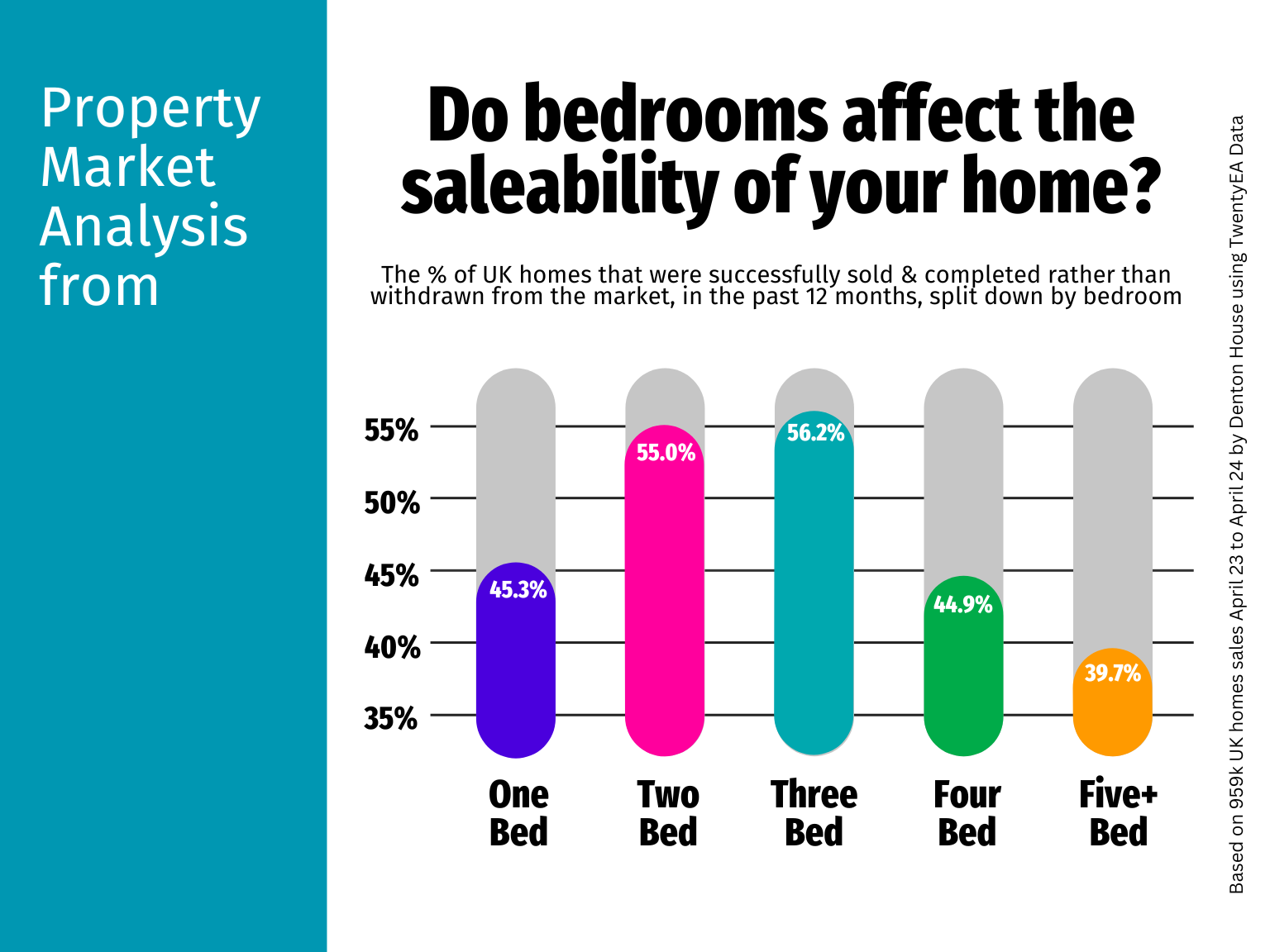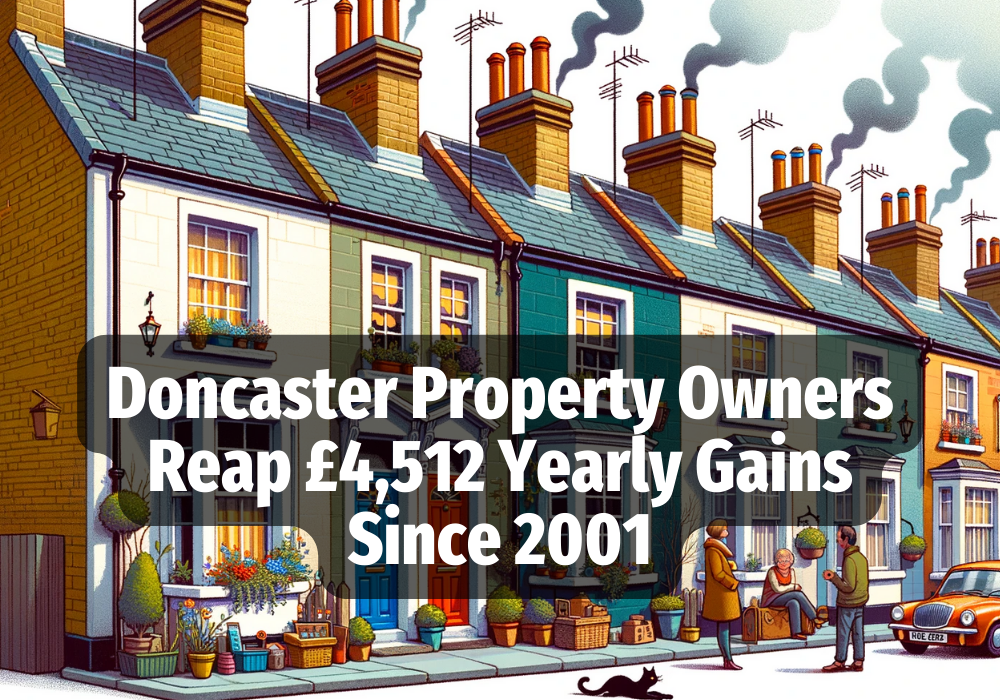With the Government preparing to control tenant’s deposits at five weeks rent, Doncaster landlords will soon only be protected in the event of a single month of unpaid rental-arrears, at a time when Universal Credit has seen some rent arrears quadrupling and that’s before you consider damage to the property or solicitor costs.
It can’t be disputed that the deposits Doncaster tenants have to save for, certainly raises the cost of renting, putting another nail in the coffin of the dream of home ownership for many Doncaster renters whilst at the same time, those same deposits being unable to provide Doncaster landlords with a decent level of protection against unpaid rent or damage to the property.
In fact, the total of all the tenants’ deposits in
Doncaster, deposited or protected, is £4,537,841
When you consider the value of all the privately rented properties in Doncaster total £1,314,812,068, the need for decent landlord insurance to ensure you are adequately covered as a Doncaster landlord is vital.
However, I want to consider the point of view of the Doncaster tenant. Several housing charities believe spending more than a third of someone’s salary on rent as exorbitant, yet for the tenants they find themselves in that very position. I feel especially sorry for the Doncaster youngsters in their 20’s who want to rent a place for themselves, as they face having to pay out the rent and try and save for a deposit for a home.
The average 22 to 29-year-old in Doncaster spends 26% of their typical salary on a one bed rental property
….and 31% of their salary for a 2-bed home in Doncaster.
40 years ago, British people who rented spent an average of 10% of their salary on rent, and only 14% in London. Looking in even greater detail, according to the ONS, over the past 60 years the proportion of total spending on all housing (renting and mortgages) has doubled from 9% in the late 1950’s to 18% today. Whilst on the other hand, the proportion of total expenditure on food has halved (33% to 16%), as has the proportion of total spending on clothing (10% to 5%) … it’s a case of swings and roundabouts!
Yet landlords also face costs that need to be covered from rents including mortgages, landlord insurance (especially the need for the often-inadequate deposits to cover the loss of rent and damage), maintenance and licensing. In fact, rents in the last 10 years have failed to keep up with UK inflation, so in real terms, landlords are worse off when it comes to their rental returns (although they have gained on the increase in Doncaster property values – but that is only realised when a property sells).
There are a small handful of Doncaster landlords selling some/or all of their rental portfolio as their portfolios become less economically viable with the recent tax changes for buy to let landlords, which will result in fewer properties available to rent.
However, this will reduce the supply and availability of Doncaster rental properties, meaning rents will rise (classic textbook supply and demand), thus landlords return and yields will rise. Yet, because tenants still can’t afford to save the deposit for a home (as we discussed above) and we are all living longer, the demand for rental properties across Doncaster will continue to grow in the next twenty to thirty years as we turn to more European ways where the norm is to rent rather than buy in the 20’s and 30’s age range. This will mean new buy-to-let landlords will be attracted into the market, buy properties for the rental market in Doncaster and enjoy those higher yields and returns … isn’t it interesting that things mostly always go full circle?







